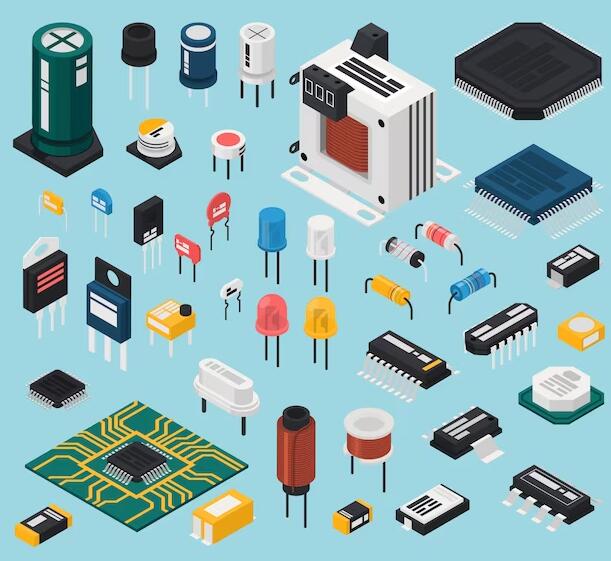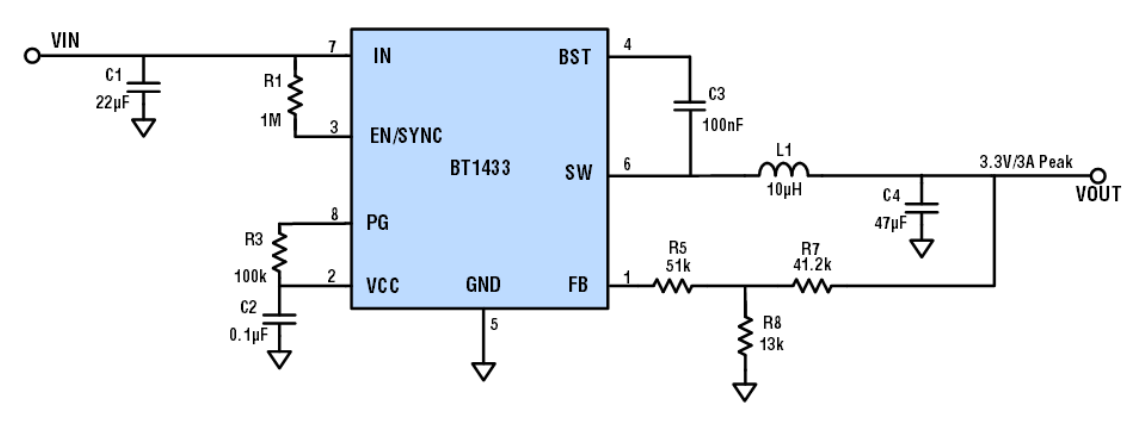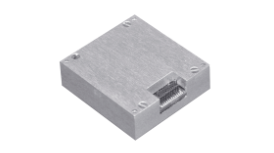ESP32: A dominant chip for the Internet of Things(IoT)
3/10/2025 11:36:19 PM
ESP32 is a high-performance, low-power consumption Internet of Things (IoT) chip launched by Espressif Systems. It integrates Wi-Fi and Bluetooth functions, having powerful processing capabilities and rich interfaces, and is widely used in smart homes, wearable devices, industrial control and other fields.

Wi-Fi and Bluetooth dual-mode support: supports 802.11 b/g/n standard Wi-Fi and BLE.
High-performance processor: dual-core or single-core Xtensa LX6, main frequency up to 240MHz.
Low-power consumption design: multiple power consumption modes, suitable for battery-powered devices.
Rich peripheral interfaces: including GPIO, ADC, DAC, I2C, SPI, UART, PWM.
Development support: Provides ESP-IDF framework, compatible with Arduino platform.
In terms of hardware, ESP32 has the following features:
Processing unit: dual-core or single-core Xtensa LX6, up to 240MHz; 520KB SRAM, support for external PSRAM; can integrate up to 16MB flash memory.
Wireless communication: Wi-Fi (2.4GHz, IEEE802.11 b/g/n); Bluetooth (BLE and traditional Bluetooth4.2).
Peripheral interface: GPIO: up to 34 pins; ADC: 12-bit multi-channel support; DAC: 2 8-bit channels; multiple communication protocols (I2C, SPI, UART, etc.).
Power consumption management: Active mode: full speed operation; Light sleep mode: reduce some power consumption; Deep sleep: minimum power consumption, only retaining status information.
In terms of application scenarios, ESP32 is suitable for:
Smart home: used for smart lights, sockets, cameras, etc., supporting Wi-Fi and BLE connections.
Wearable devices: low power consumption and BLE support are suitable for smart bracelets and watches.
Industrial Internet of Things: as a sensor node and controller, it has strong communication capabilities.
Edge computing: used for data preprocessing and real-time analysis, and efficient uploading to the cloud.
In terms of development tools and ecology, ESP32 provides the following support:
ESP-IDF: an official development framework that supports multi-platform environments and function is powerful.
Arduino IDE: supports simple development and strong compatibility, suitable for rapid prototyping.
Development board: ESP32 DevKitC: an official standard development board; NodeMCU-32S: integrated USB to serial port; M5Stack: modular development kit.
In terms of advantages, ESP32 has the following features:
High integration: built-in Wi-Fi and BLE, no need external modules.
Low power consumption: suitable for battery-powered applications.
Rich development support: ESP-IDF and Arduino is eco-friendly.
Low cost: economical and suitable for large-scale deployment.
About limitations, ESP32 has the following problems:
Wi-Fi frequency band limitation: only supports 2.4 GHz.
Insufficient real-time performance: not suitable for high real-time applications.
Complex power consumption optimization: need to deeply understand the power consumption mode.
Regarding future development, ESP32 will be improved in the following directions:
Ecosystem expansion: Add more sensor support.
New standard support: Support Wi-Fi 6 and Bluetooth 5.
Low power optimization: Further improve low power consumption mode performance.
Performance upgrade: Release higher main frequency and larger memory version.







